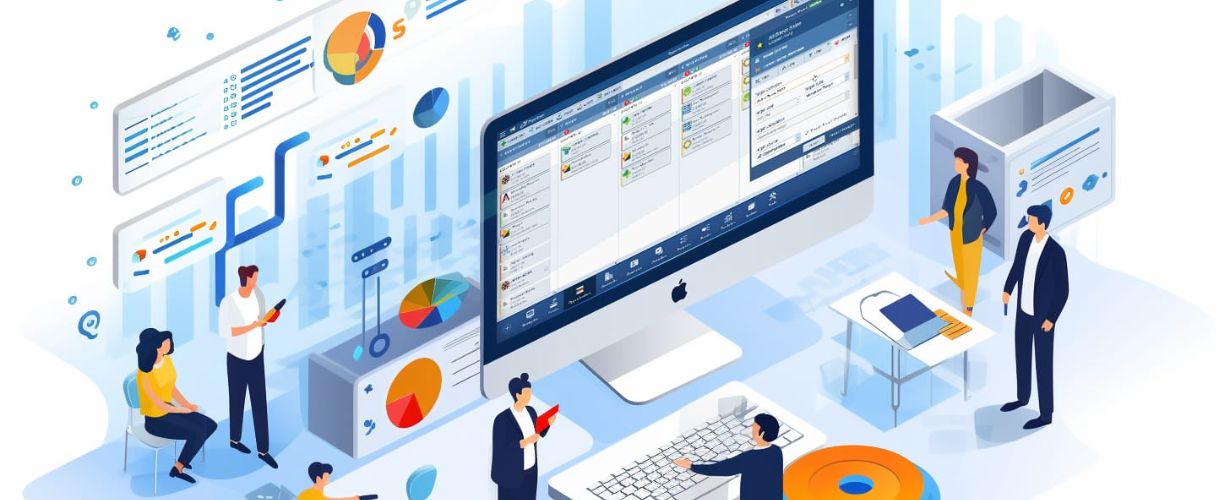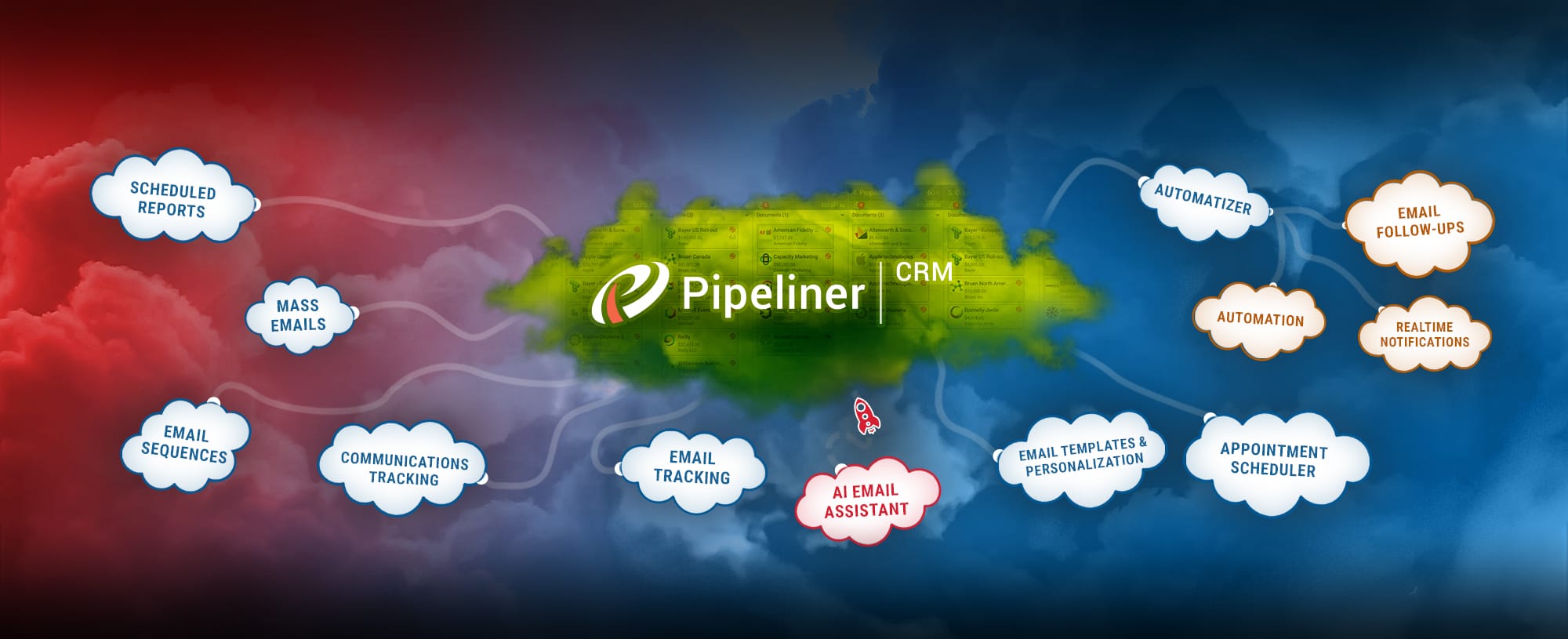Automatizer is our new, groundbreaking feature within Pipeliner CRM. It has a broad positive impact on business, today and into the future.
Traditionally, company growth has followed a regular trend. For example, as the staff becomes more numerous within an organizationOrganization Organization is a cohesive group of people working together and formally bound by a shared identity (e.g., one team, company, club, etc.) and a common purpose (e.g., business growth, athletic victory, etc.)., you need someone responsible for the upkeep of all the laptops and devices. That would be IT.
If your company isn’t automated, rapid growth can only mean adding more and more people. For that, you need office space furnished with desks and chairs. Staff need some infrastructure, too, such as break rooms with kitchen facilities, and free coffee and water. Some startups have gone totally overboard with wildly designed environments, color-coded t-shirts, game rooms and other elements designed to make the staff feel entitled.
We can clearly see, though, that this trend has completely disappeared. Not only because of covid-19 (although that certainly was a contributing factor) but, because of automation, we no longer need most of these extravagances. A fantastic example, one I give often, is Amazon. This is a company largely operating on automated processes, and they’re now the most successful company on the planet, with their CEO being the richest man in the world.
Today, there are many factors of company structure that can be automated, which provides enormous cost savings. Many departments become less important when you have a real digital automation structure.
All of this breaks down into unbelievable changes in 4 major areas:
1. People versus technology. I often find myself in arguments with anyone who says that “technology sucks.” The fact of the matter is that technology is never a problem. Technology is a constant, while people are complex with ever-changing issues. I believe that if we examine the last 8 months, we’ll clearly see that technology has not been the problem, but human beings have.
Human beings are unpredictable. You never quite know what they’re going to do. They get sick. They take unexpected vacations. You never know how loyal they are—you build a relationship with them but one day they are gone.
Sometimes the knowledge of the job disappears with them. As an example, a banker within a particular private bank can build great relationships with customers. The question is, are people more aligned to that banker, or to the bank itself? The fact is that you can bank anywhere. If that banker moves on, he or she very possibly takes customers with them.
Building a structure with human beings, as we can see, is tremendously costly.
2. Budget considerations. Before you build this structure, you must budget out the financial resources required for hiring, educating, and onboardingOnboarding Onboarding is the process or act of introducing a new customer to your product or service; or integrating a newly hired employee into your workforce or team.. In sales, we talk about “sales yield,” which is the time it takes for a salesperson to become productive.
As you grow, you need layers of management. A pointed question could be asked about a manager: in addition to managing, are they also producing revenueRevenue Revenue is the amount of money a business generates during a specific period such as a year or a quarter; also called sales.? That person might be costing more than they’re making for the company.
3. Internal conflict. As a company grows, more internal conflicts can occur.
I’m not saying such conflicts are impossible to manage—otherwise, why would we have so many large companies? Of course, when we examine demographics, the majority of US companies are small and medium companies.
4. Focus. A company is constantly focusing on productProduct Product refers to anything (an idea, item, service, process or information) that meets a need or a desire and is offered to a market, usually but not always at a price. innovation, marketingMarketing Marketing is the field, set of actions, or practice of making a product or service desirable to a target consumer segment, with the ultimate aim of effecting a purchase., and sales. As they do so, they are learning. The more lessons learned, the more efficient the company becomes. From efficiency comes productivity, and from productivity comes profitabilityProfitability Profitability is the potential, degree, metric, ability or relative efficiency of a business to yield financial gain (i.e., profits) after all relevant expenses and costs have been deducted..
If a company becomes more productive with fewer staff, there is reduced payroll, vacation, and sick pay. The company is also far more profitable. And that is where real automation is leading—higher productivity and profitability without the human risk involved. Conversely, the more human error involved, the more of a decrease in company performance. That also means a decrease in profitability.
Once more the best example I’ve ever seen of fewer staff, applied automation, and outstanding profitability is Amazon—something they’ve achieved in a very short 25 years. It’s incredible to think about the fact that for years after the company was founded, it was ridiculed, and it was said that Amazon would never turn an actual profit. Look at them today.
This is precisely the direction in which we’re heading with Pipeliner CRM’s Automatizer feature. Just within our own company, we’ve evolved hundreds of processes with Automatizer that we can instantly put to work. Without them, he’d have to hire (or re-hire) a considerable number of employees. We have tremendously increased company productivity and greatly reduced the risk factor and cost.
Guess what? With Automatizer, so can you!





